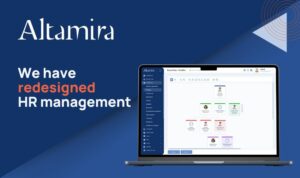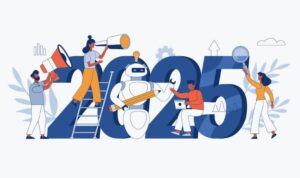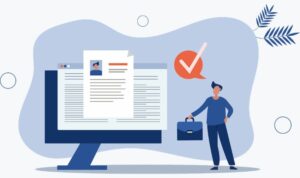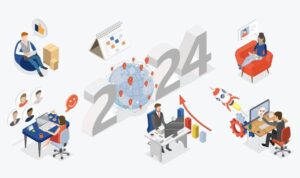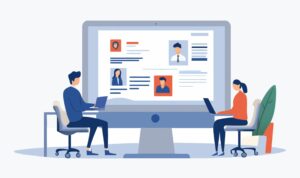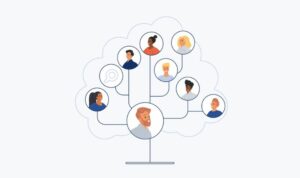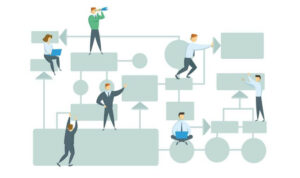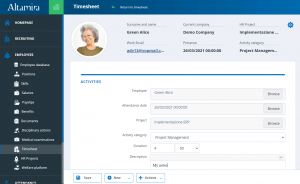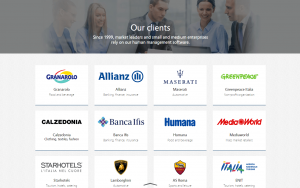When it comes to the digitalization of Human Resources, even the most scrupulous software selection is not in itself a guarantee for success.
Companies often overlook the following adoption phase, believing the process can be fully delegated to the supplier.
But to ensure a high level of adoption, it is crucial to pay close attention and devote adequate resources to the implementation stage.
This is, in fact, the first of our recommendations.
1. Allocate adequate resources
Unfortunately, the work doesn’t end with the selection of the right technological partner for the digitalization of the HR process: the software consultant will need your collaboration to tailor the platform to your company’s specific HR processes and needs.
The ideal candidate to fulfill this task would be a member of the HR department with high digital skills. Alternatively, the IT department could be involved.
What is crucial is to make sure the designated person, or team, has the necessary autonomy and availability to supervise the implementation process, as well as the competencies to provide the HR Tech supplier with essential information and feedback. The person in charge will also need to test the operation and report any necessary corrections in a timely manner.
2. Integrate it into existing systems and processes
For the implementation to be successful, and for the new software to be used consistently, it needs to integrate seamlessly with other company management systems, such as the attendance, payroll, ERP and/or CRM software.
It is therefore essential to ensure the suppliers of the existing management systems actively collaborate in the integrations using advanced technologies such as API and Webhook.
Integrating different systems can be a complex and costly endeavor even for large companies, let alone SMEs. Companies that have chosen complete solutions covering multiple areas of the HR management process will thus be at an advantage compared to those who have opted for “best of breed” software that only handle specific areas such as recruitment or performance management.
3. Opt for Single Sign-on
To improve user experience with minimum effort, we recommend activating the single sign-on service for the new management system.
This will allow employees to access the software with existing credentials (username and password) used for an external identification system, for example Microsoft 365.
The single sign-on service also benefits the company, as it drastically reduces the number of accounts to create, manage and dispose of.
4. Launch a pilot project
If you plan to digitalize complex processes, such as attendance or performance management, we suggest setting up a pilot project.
The platform will initially be introduced to a limited number of employees, a sample group that should be representative of the company’s processes.
A pilot project will test the software behavior on a small group of users, allowing for corrections and fine-tuning before being deployed to the entire corporate workforce.
Transitioning to a well-rounded software will reduce friction and facilitate adoption by all.
5. Manage your expectations
Even with a pilot project, achieving perfection from day one in complex areas such as attendance tracking is unlikely.
Payroll administrators are perfectly aware of this issue and are prepared to expect between three to six months of fine-tuning before the attendance software can transmit data to the payroll system in the exact desired format.
As such, we recommend maintaining realistic expectations to avoid unnecessary disappointments.
6. Train your employees
Most HR suppliers provide in-depth training for platform admin users, AKA the Human Resources department’s staff.
But to achieve a high and smooth adoption of the self-service portals, it is crucial to train the whole workforce on the activities they will be able to carry out.
Take advantage of the material made available by the supplier to quickly train your employees so they can fully appreciate the new tool.
7. Transfer all processes to the platform
The introduction of new software often fails as those who should be using it continue to carry out activities on other tools and supports; this can be due to force of habit, laziness, or unconscious resistance to change.
As a result, information and processes are not properly aligned, making the system inefficient and unreliable.
This attitude is even more problematic for companies using hybrid work. When data is not fully tracked, remote collaboration becomes more complicated, and errors are no longer a risk but a certainty.
Employees should therefore be encouraged to use the tools provided; our tip is to identify early adopters within the company – people who are always excited to try new tools – and utilize them to sponsor the project and convince more reluctant colleagues.
Copyright: ©Studio_East/Adobe Stock












